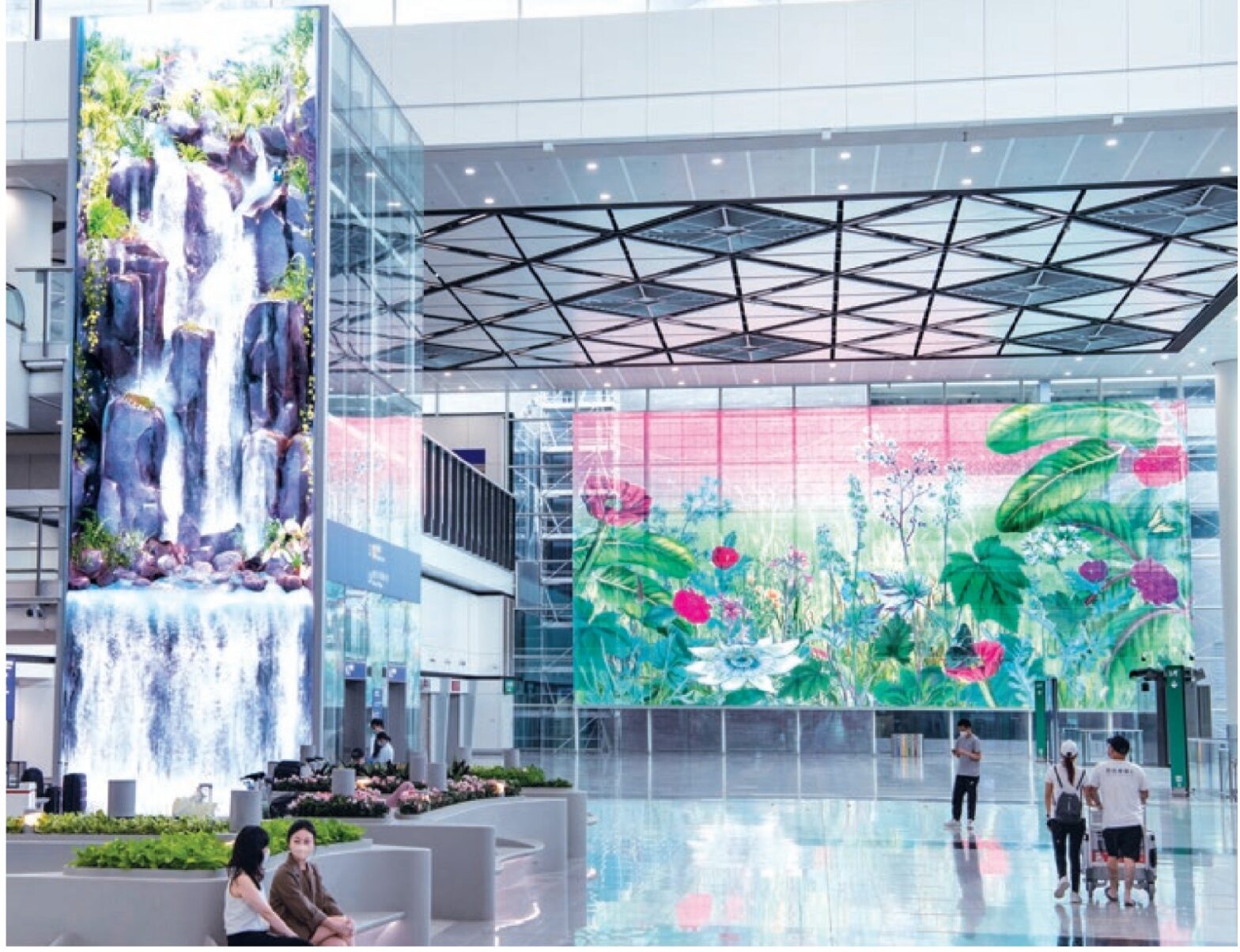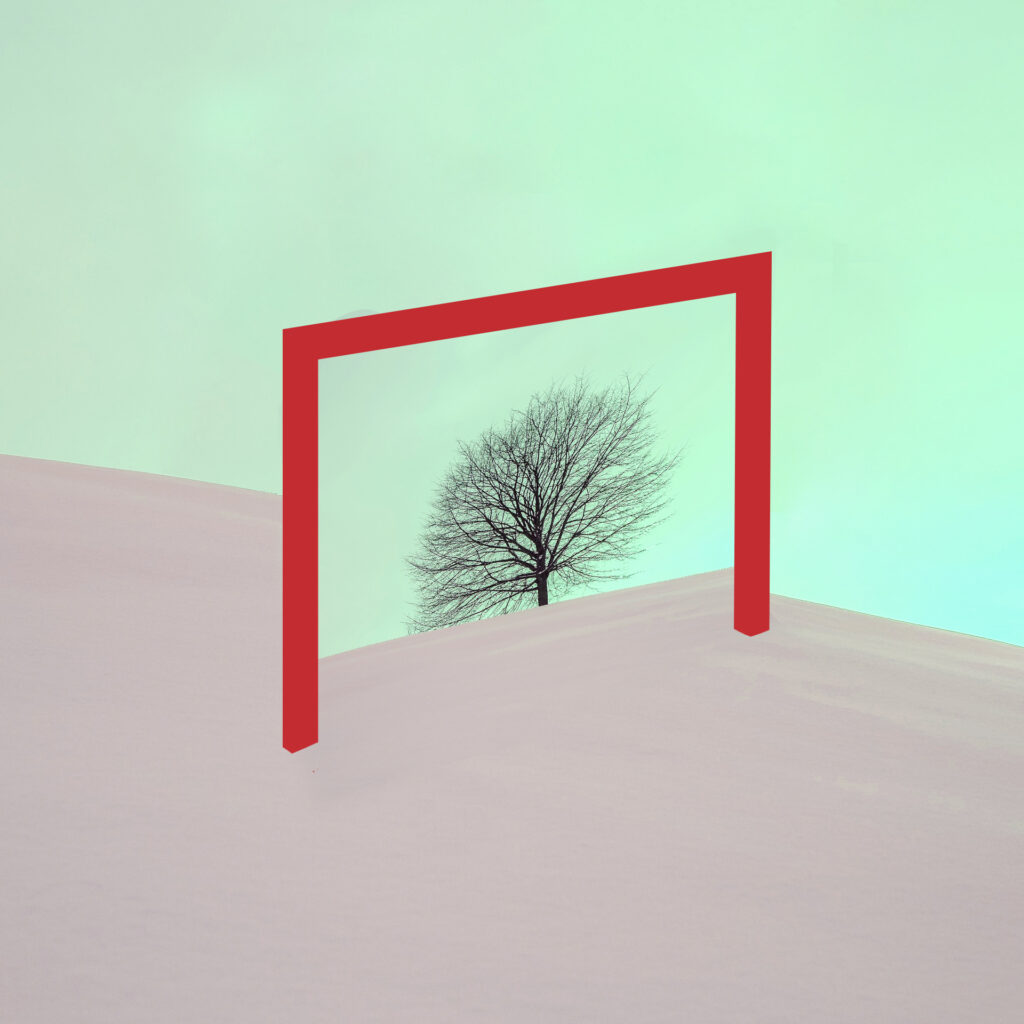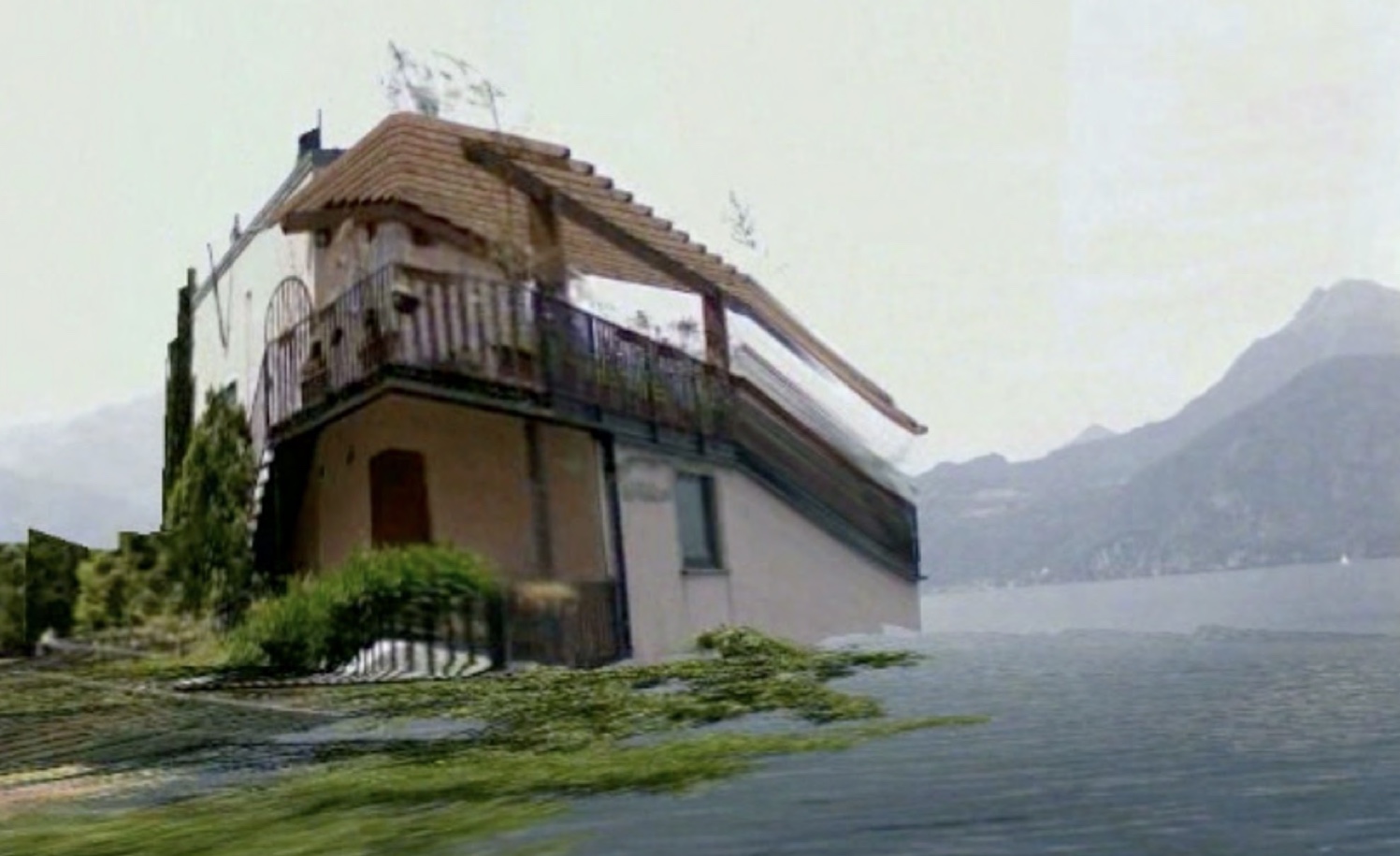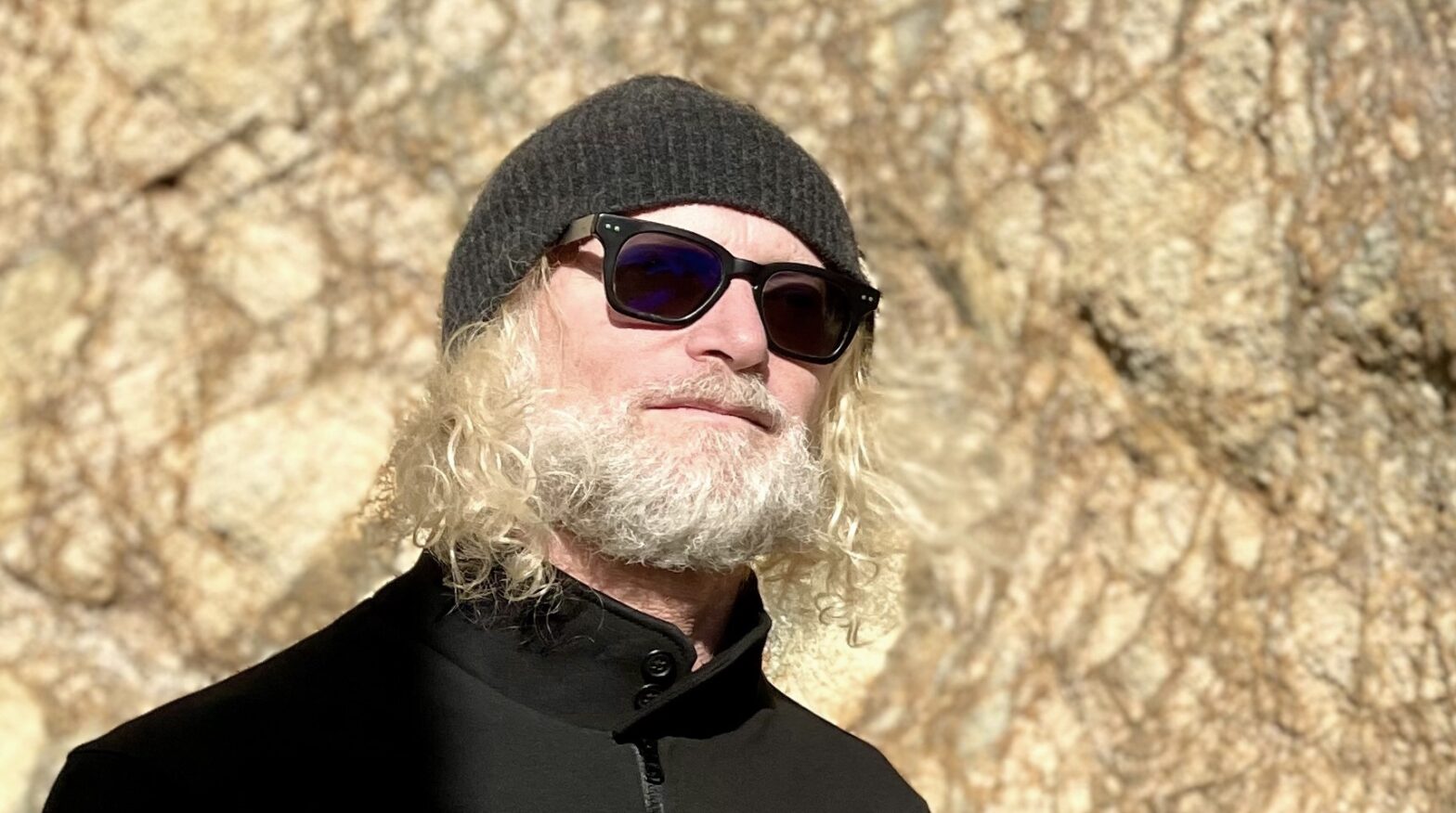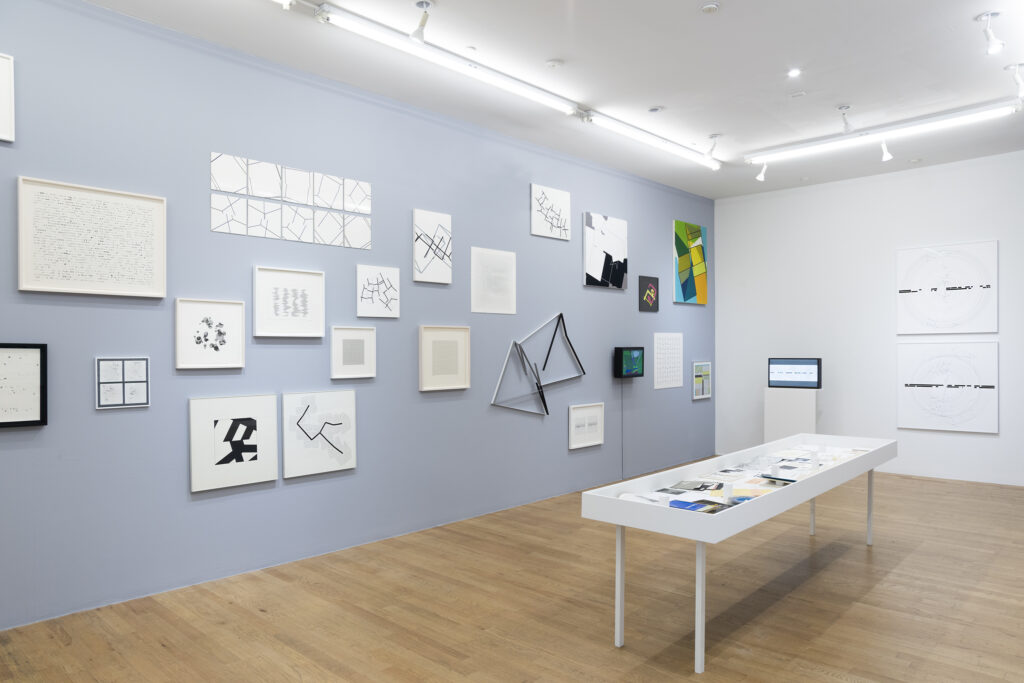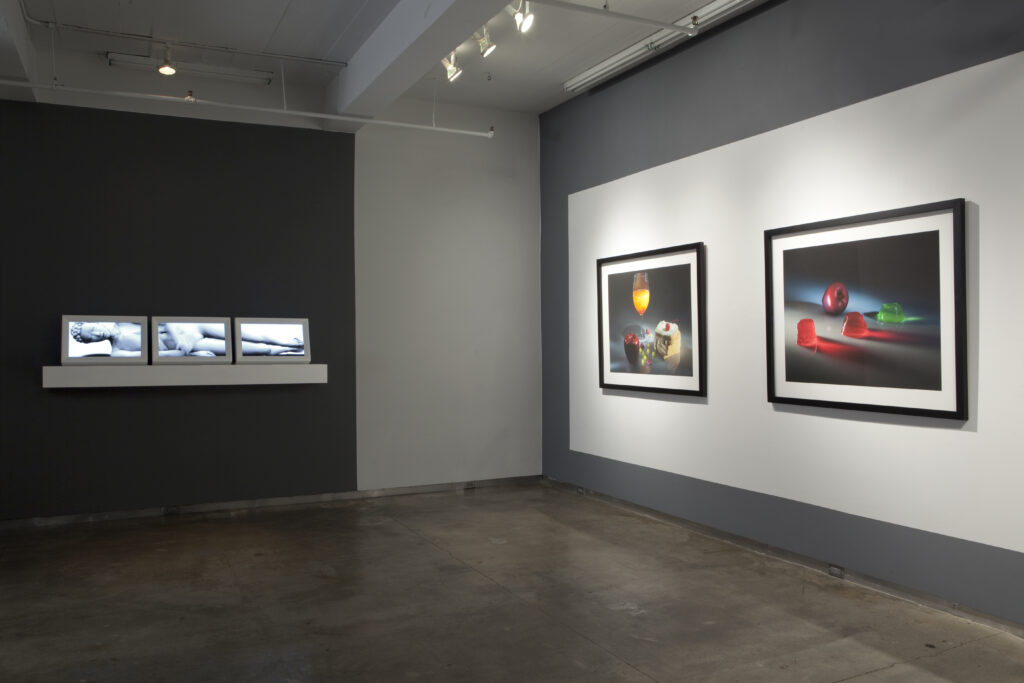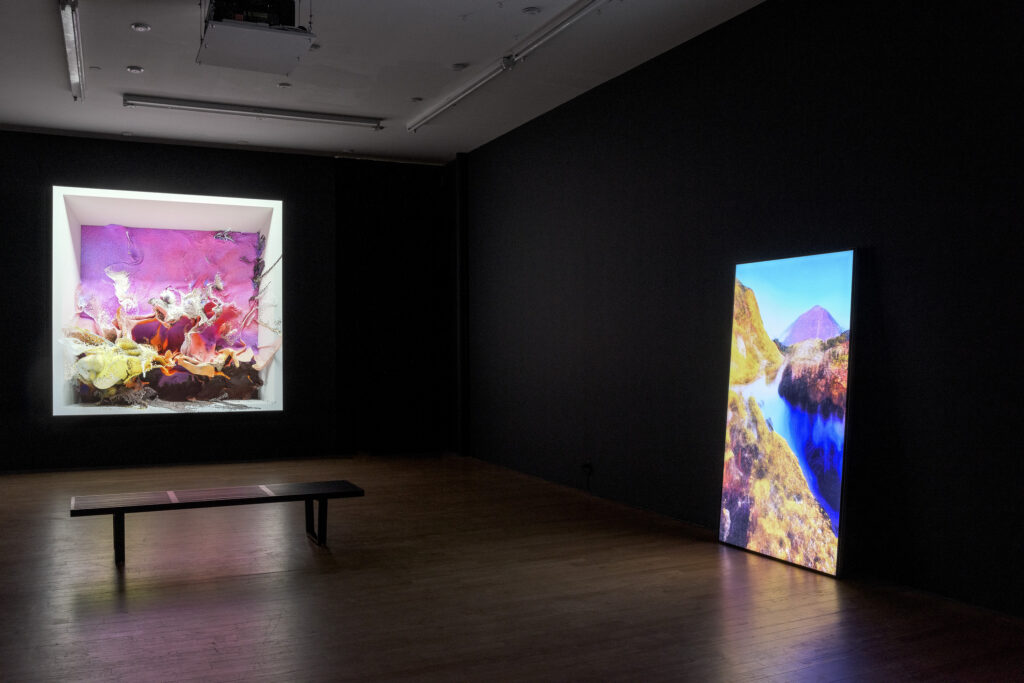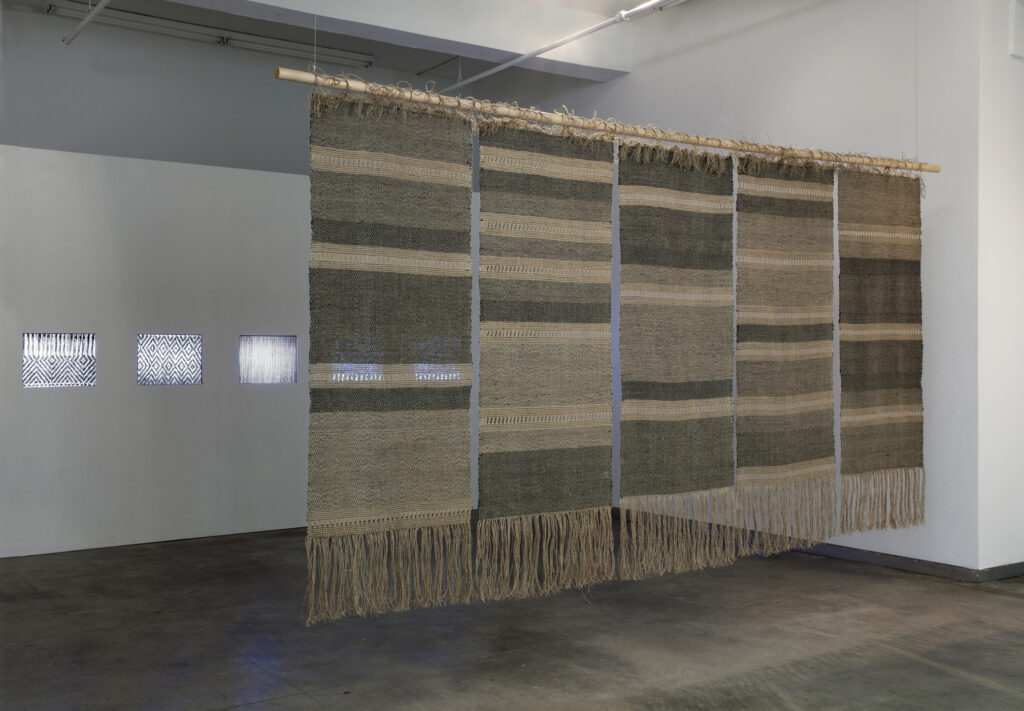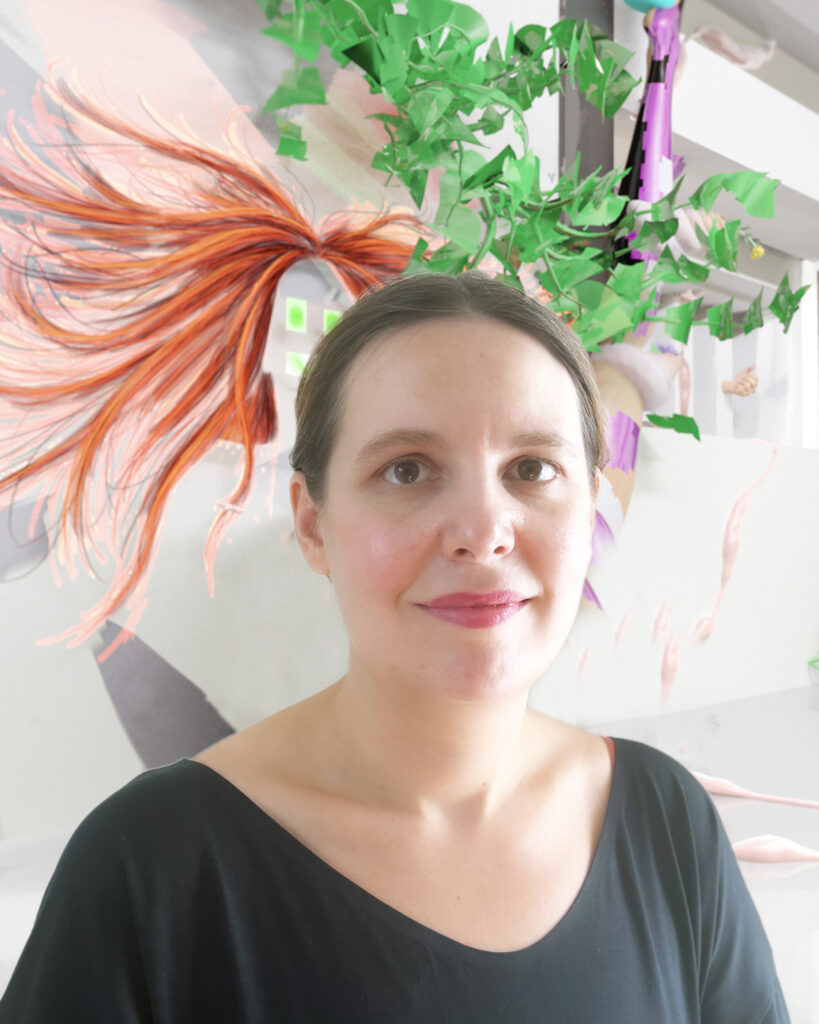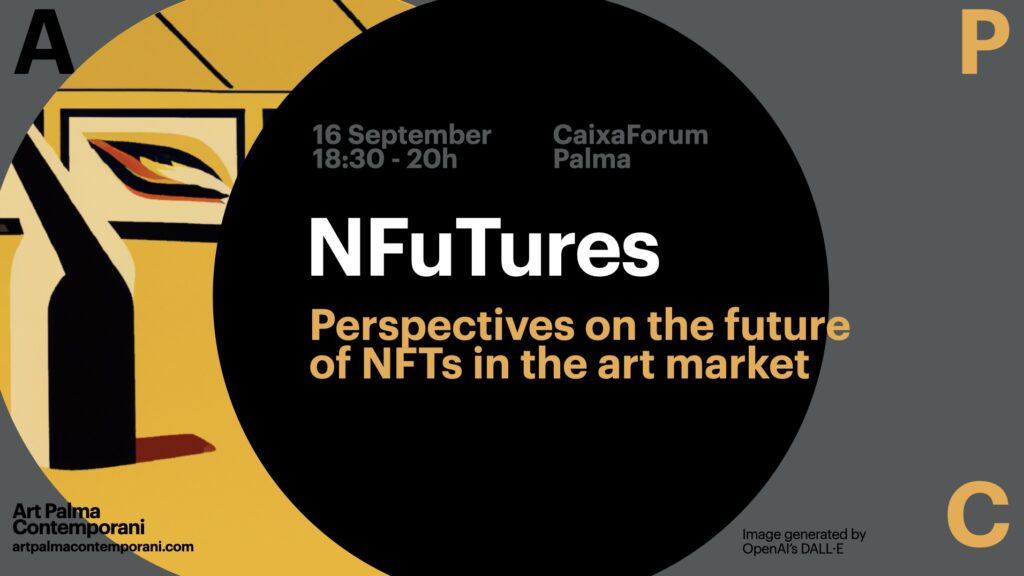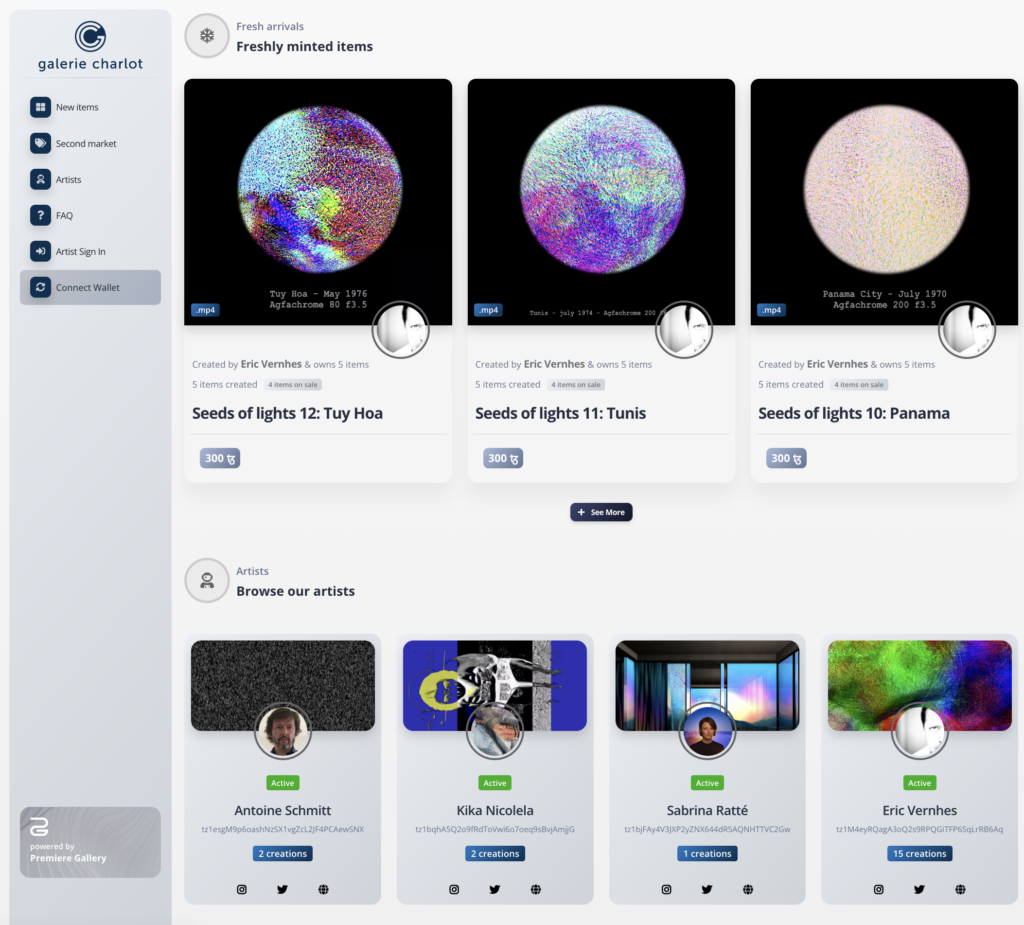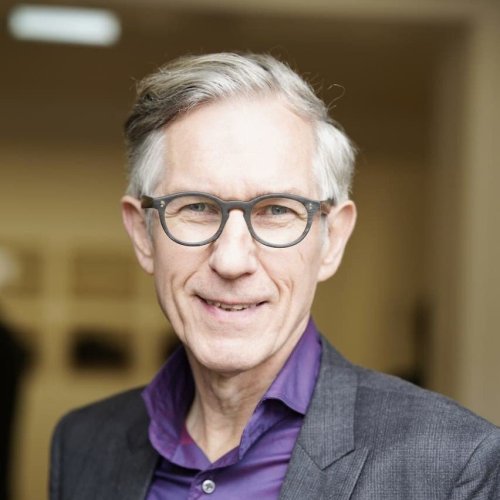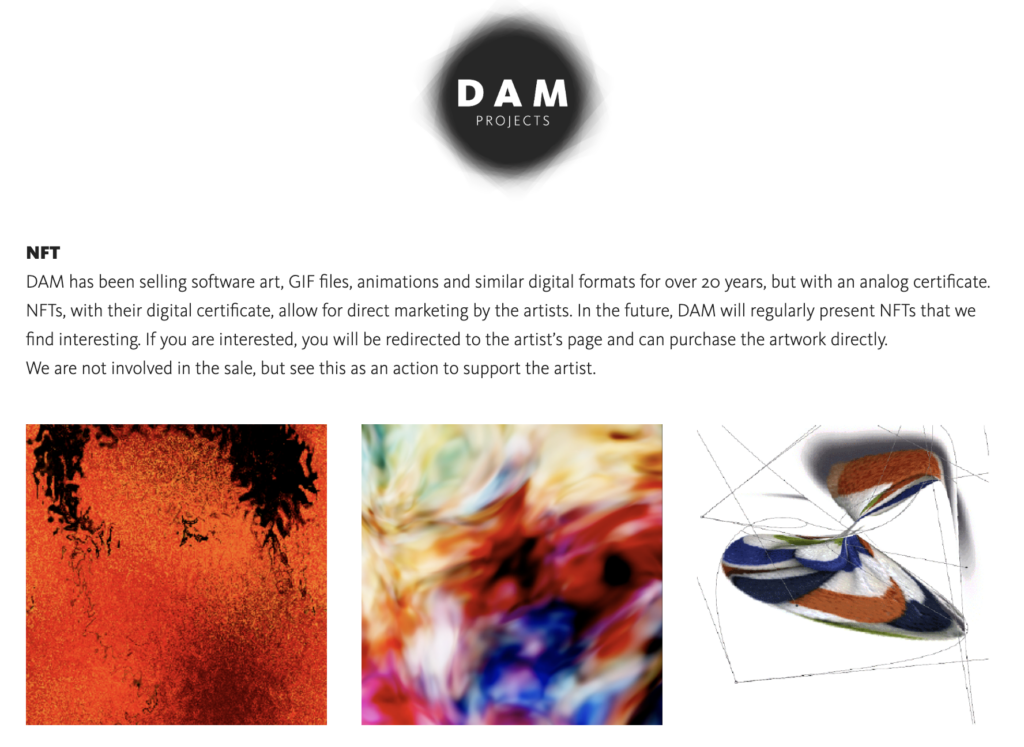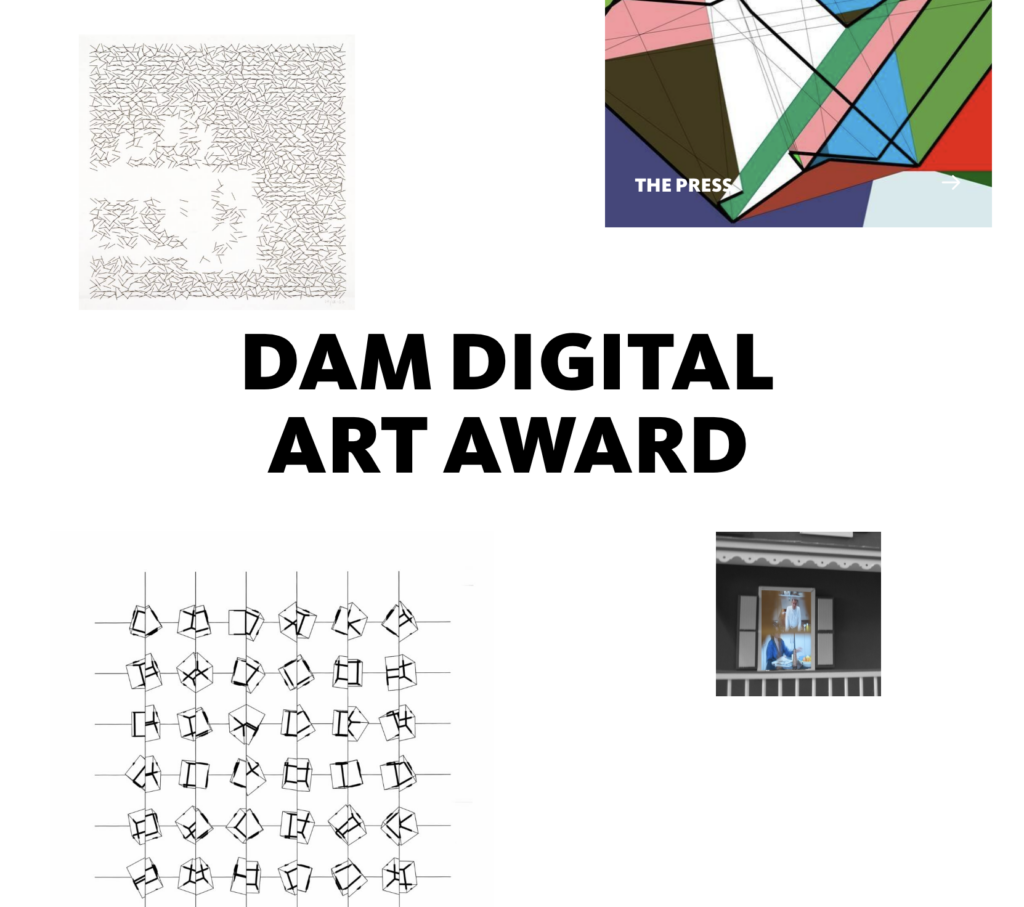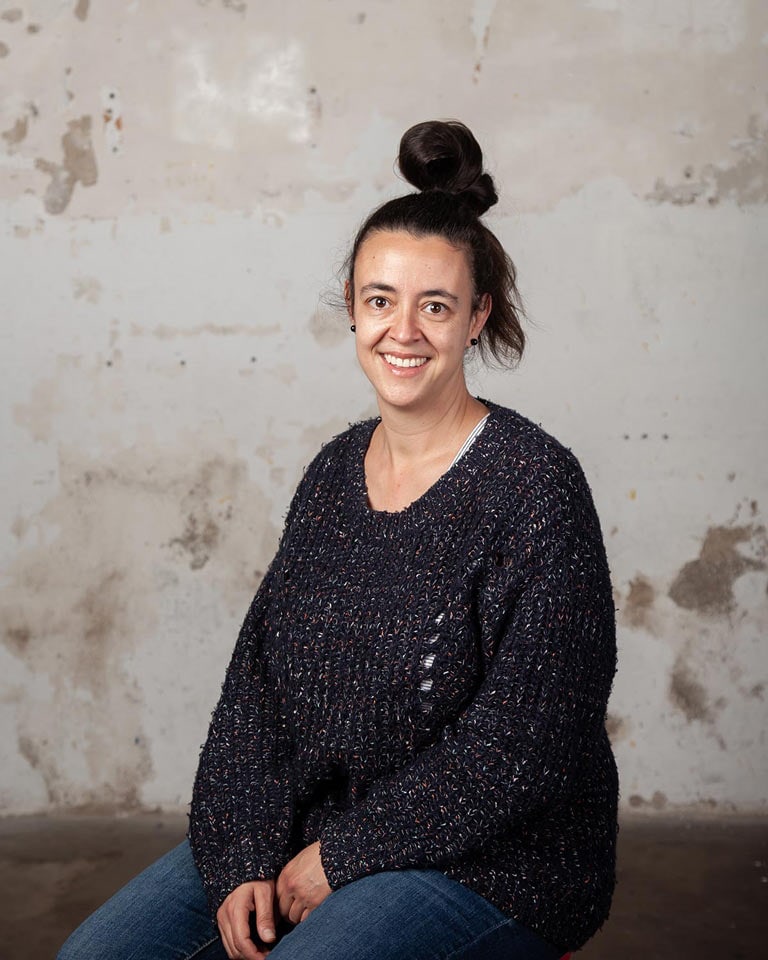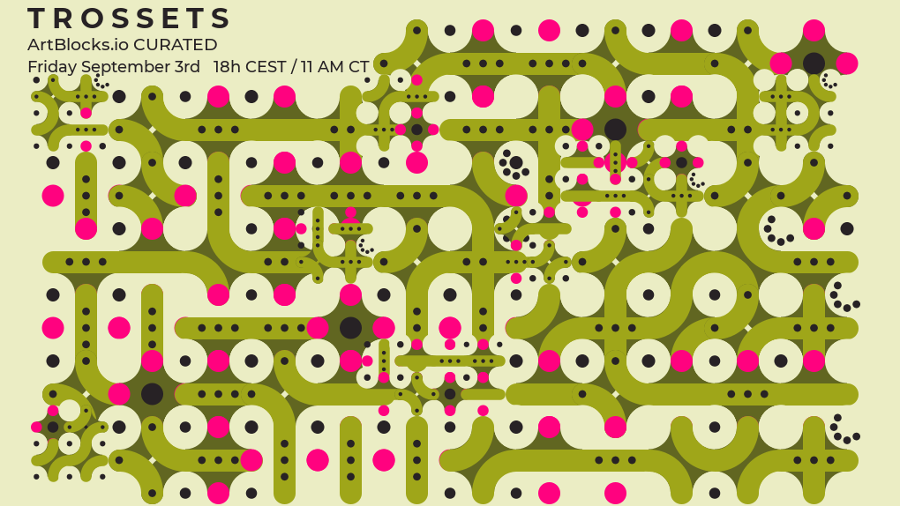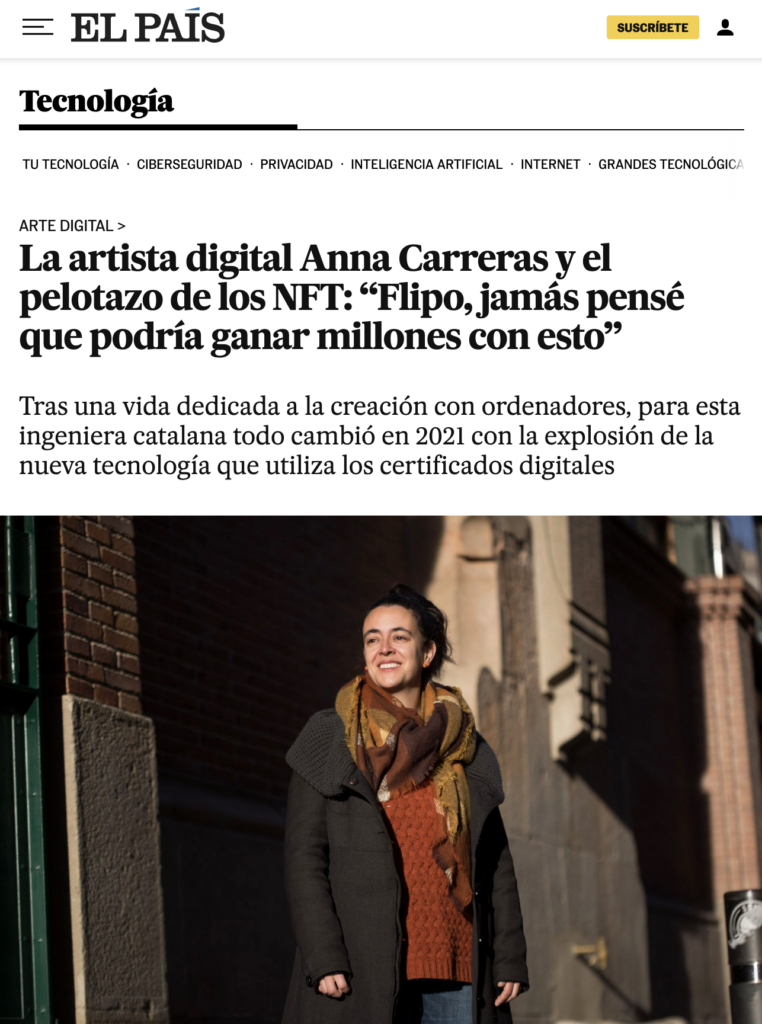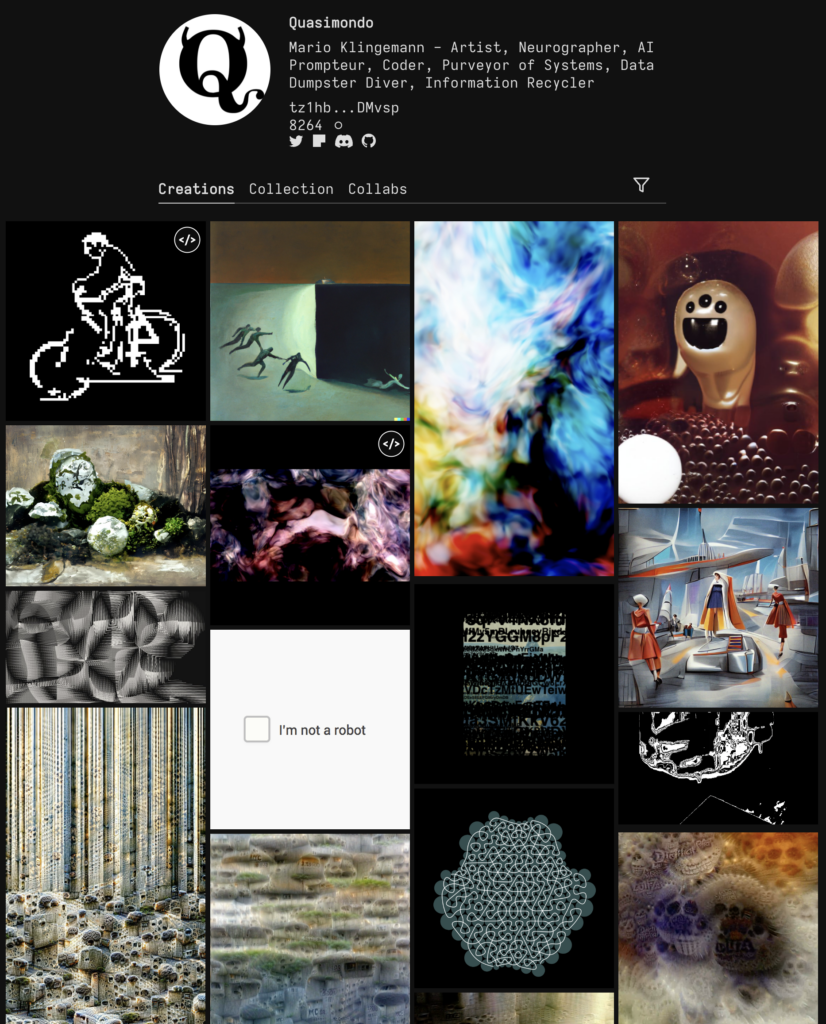Pau Waelder
On 13th October 2022, two climate activists from the environmental group Just Stop Oil, Phoebe Plummer and Anna Holland, threw two cans of tomato soup at Vincent Van Gogh’s painting Sunflowers (1888), on display at the National Gallery in London. They glued one hand to the wall under the painting and sat on the floor. Phoebe Plummer then said:
“What is worth more, art or life? Is it worth more than food, worth more than justice? Are you more concerned about the protection of a painting or the protection of our planet and people? The cost of living crisis is part of the cost of the oil crisis. Fuel is unaffordable to millions of cold, hungry families. They can’t even afford to heat a tin of soup. Meanwhile, crops are failing, millions of people are dying in monsoons, wildfires, and severe droughts. We cannot afford new oil and gas, it’s going to take everything we know and love.”
The young woman’s passionate statement was cut short by a security guard who proceeded to remove them from the premises. The activists were brought to a district court and charged with criminal damage. Van Gogh’s painting, protected by a glass, was not harmed, although the frame suffered minimal damage, according to the museum.
The protest has sparked widespread outrage at what can be seen as an act of vandalism. Attacks on artworks at museums have been perpetrated many times by individuals for a variety of reasons, sometimes political, sometimes to draw attention to personal issues. Often, the perpetrators have been described as insane. It is therefore unsurprising that the act carried out by the two young activists has been perceived as criminal, deranged, and appalling, or simply dismissed as stupid. This type of protest is not new, it has been taking place over the summer by Just Stop Oil and then by climate activists in Italy, in actions that mainly consisted of gluing their hands to the protective glass or the frame of a famous painting depicting nature. The activists have taken precautions not to harm the artworks, and therefore cannot be considered to vandalize them, although they have at times caused damages to the gallery walls or the frames. However, no other protest has caused such strong reactions as the one carried out by Plummer and Holland, probably due to the aggressiveness of throwing liquid over a painting (which would normally cause irreparable damage), and maybe also due to who carried out this action. Two young queer women, Plummer and Holland have increasingly become the target of critics who have questioned their sanity and intelligence, and ridiculed everything in them, from their names to the color of Plummer’s hair and her accent.
An artist’s response
Among the few in the art world who have expressed support for the protest is artist Joanie Lemercier, whose work is often inspired by nature and the representation of the natural world, leading him to address climate change and environmental degradation in artworks and performances that document and support the work of climate activists. In a video posted on social media, Lemercier states:
“Paintings are often the representation and celebration of landscapes, nature, and life. But we don’t actually give much value to these subjects or to their protection. So we are in the process of losing the conditions of habitability of the planet, yet a lot of people are outraged about a symbolic action that didn’t even damage the painting.”
Addressing the subject matter of the painting, Lemercier points out that the sunflower fields that inspired Van Gogh in Verarges have recently reached the highest temperature ever recorded in France. “We are irreversibly losing these landscapes that Van Gogh loved painting so much,” states Lemercier. The artist suggests that, instead of focusing on the apparent attack on the painting, the public should pay attention to the message that the activists are trying to communicate. He concludes:
“How do we protect, not just the representation of a landscape on a canvas, but the very landscape that is being annihilated? If we listen to the activists, the message is very clear: we need to stop oil, gas, and fossil fuel extraction.”
Joanie Lemercier makes a good point by presenting a documented, reasonable take on the protest and its meaning, that is arguably more convincing than the protest itself. He does not approve the attack on an artwork, but rather emphasizes the fact that this is a desperate measure to get a message across, and makes it clear that the painting was not harmed. However, it is hard to support the idea that good can be done by attacking cultural heritage, and it is dangerous to simply expect activists around the world to diligently inform themselves of the ways in which an artwork can be exposed to liquids, glues, or other substances without causing permanent damage.
We care more about representations of nature than about nature itself. We have made cities and virtual spaces our habitat, while using natural environments as sites of leisure, or even just as an image to be displayed on the computer’s desktop.
Personally, as a curator with a background in art history, I feel a natural aversion to any form of attack to a work of art (including the practice of burning prints and paintings to sell them as unique NFTs), but I understand the urgency expressed by the activists and the fact that collectively, we care more about representations of nature than about nature itself. We have made cities and virtual spaces our habitat, while using natural environments as sites of leisure, or even just as an image to be displayed on the computer’s desktop.
What is the role of art in our present climate emergency, then? Maybe something more than becoming the backdrop of climate activists’ demands. The controversy around the soup thrown at Van Gogh’s Sunflowers has focused on the act of attacking a famous, and very expensive, painting, as well as in the activists themselves, but no attention has been paid to the connection between the life and work of the artist and the land that he loved, except in the reading presented by Lemercier. Living artists are now responding to climate change with artworks that speak to our present and address those same issues laid out by the activists, so it would be wise to listen to them too.
Marina Zurkow, OOzy#2: Like Oil and Water, 2022
Art in a climate emergency
Artists addressing climate change in their work face the challenge of creating art that is engaging in itself, that responds to aesthetic considerations, but also manages to get its message across. This is not easy to achieve, particularly at a time when people consume large amounts of visual material and read the messages that get to them quickly and superficially, as the Just Stop Oil protest and its reactions clearly show.
Transdisciplinary artist Marina Zurkow points to the need to look beneath the surface by taking as a reference a diagram created by Donella Meadows in the 1970s, which uses the image of an iceberg as a metaphor of how difficult it is to change the mental models (the hidden part of the iceberg) that shape the visible actions and their consequences. She applies this concept to our understanding of climate change:
“Honestly, I feel like if we can’t have an emotional relationship to the material of our planet that is at great risk, we can’t change the way we think about the world. And so anything like «don’t take a plastic bag,» or «get an electric car,» all the moral imperatives that are put on us, if they don’t come from the heart, they’re not going to stick, they’ll just be gone in the next election cycle –at least, in the United States. And so what I am committed to do with my work is to create emotional connections to this material and the ocean.”
Tamiko Thiel, Unexpected Growth, 2018
The pollution of the oceans is an aspect of the impact of human activity on the planet that relates to the climate emergency, as well as with our contradictory relationship with nature as an idealized image and a neglected wasteland. In an interview with Helmuts Caune published in Arterritory, artist Tamiko Thiel recalls her experience with the reality of plastic pollution:
“When my husband and I would vacation in Greece, Indonesia or Malaysia over the past number of years, at some point we started to realise that the sort of pristine beaches that are everyone’s dream of a tropical vacation is an artefact of beach-side resorts. They send out their staff in the early morning hours, before everyone wakes up, to collect all of the plastic that’s accumulated.”
She created the artwork Unexpected Growth (2018), commissioned by the Whitney Museum of American Art, that addresses this issue by placing the viewer in an immersive scenario in which the 6th floor of the museum is under water, populated by plants and creatures formed of plastic debris. The experience can lead a visitor to think about this reality, but at the same time, the piece is quite beautiful, its aesthetic qualities possibly causing more delight than awe.
Balancing environmental concerns and aesthetics is particularly difficult. Marina Zurkow points out that addressing a subject in a manner that is too shocking can lead to rejection:
“The brain wants to categorize what it receives and put in boxes and dismiss those ideas that seem dangerous, depressing or disturbingly radical. Presenting an audience with an impactful idea will attract their attention, but it may also lead them to reject the idea because it is too disturbing and just move on. Our brains want to take a nap, and have a difficult time dealing with uncertainty.”
Kelly Richardson, HALO I, 2021
Artist Kelly Richardson deals with climate change in her work by creating imaginary futures that prompt a reflection on our present. In this way, the message is placed at a certain distance in time that does not produce anxiety and allows a space for action:
“Until this point, on this precipice, we’ve allowed terrifying futures to be ushered in despite the predictions of so many. Perhaps we have allowed this in part because we couldn’t visualize or understand these futures from an experiential point of view. I try to offer this window of understanding through my work. I create potential futures for people to experience, to encourage reflection on current priorities and where those are leading us as a species.”
In HALO (2021), Richardson depicts a red moon distorted by heat rising from a campfire, a scene from her summer evenings in British Columbia that now takes a different meaning as the rising temperatures have led to banning campfires due to the risk of wildfire. “Summers now bring a mix of joy for its promised, remaining riches and genuine fear associated with what else they will bring,” states Richardson, “I now look out my windows towards a tree-covered mountain and think, «that’s a lot of fuel».”
Diane Drubay, Ignis II, 2021
The scene in Richardson’s video is relatable and in this manner makes its message stronger. This approach to what is familiar and close is also mentioned by artist Diane Drubay when addressing climate change through her work:
“We need to reconnect with what surrounds us on a daily basis in order to better understand and respect it. Having grown up in the middle of nature but having lived in the city for the last 20 years, the only element that has allowed me to feel connected to the grandeur and sublime of nature is the sun. I, therefore, assumed that if everyone could reconnect with the sun in a subconscious and transcendental way, a new relationship between humans and nature could be sparked.”
Her work Ignis II (2021) shows a beautiful summer sky that turns into a menacing red storm in just 14 seconds, which refers to the 14 years left until, according to several scientists, the Earth would reach a point of no return in global warming. Again, the image can be easily connected with a personal experience and suggests a reflection on a future that is not immediate, but is close enough to require immediate action.
Alexandra Crouwers, The Plot: a day/night sequence, 2021
Personal experiences can have powerful narratives, particularly when they bring a more intimate perspective to climate change than the global views offered by scientific reports. Artist Alexandra Crouwers focuses her work in the creation of virtual environments that reflect on our relationship with nature, landscape, and architecture. She speaks of feeling eco anxiety for more than 20 years, which has brought her to consider the climate emergency from a more personal point of view.
“There is a kind of innate longing for landscapes that are not there. This is connected to the idea of escapism; to escape from where you are at. The word nature has become very problematic: what we refer to as nature is quickly deteriorating in all kinds of senses. To me, simulating this idea of wilderness is like a twisted sense of digital nature, of purpose preservation. It is a way to deal with the idea of loss.”
In Diorama. The Plot: a day/night sequence (2021), she depicts what is left of a small family forest that was cleared due to a climate change induced fatal spruce bark beetle infestation. The 3D rendering of the real space becomes a sort of memorial and a tool for the artist to investigate how to deal with eco anxiety and ecological grief.
Katie Torn, Dream Flower I, 2022
Depicting remnants, ruins, or debris is also a powerful way to create awareness about the ongoing destruction of our natural environment. Taking this idea to a different context, artist Katie Torn has addressed the possibility that we as humans have become incapable of understanding nature without our intervention, and can only envision a hybrid world in which natural and artificial merge into one. The classical concept of beauty plays a pivotal role here, as it confronts us to our distancing from nature:
“Destruction and decay are frightening but it can also be beautiful on a purely aesthetic level. Like watching a forest fire from your computer screen. It is awful and heart breaking but can be watched slightly removed like an explosion in an action film. My work stems from the ironies we see in industrial disasters in nature like the most beautiful pink sunset that is caused by pollution or being awestruck by the colorful beauty in an oil spill.”
While works such as Dream Flower I (2022), cannot be said to address climate change, they do point out our relationship with nature in a wider sense, the mental models to which Marina Zurkow has referred, and that form a society interested in its own comfort, regardless of the consequences to our planet.


